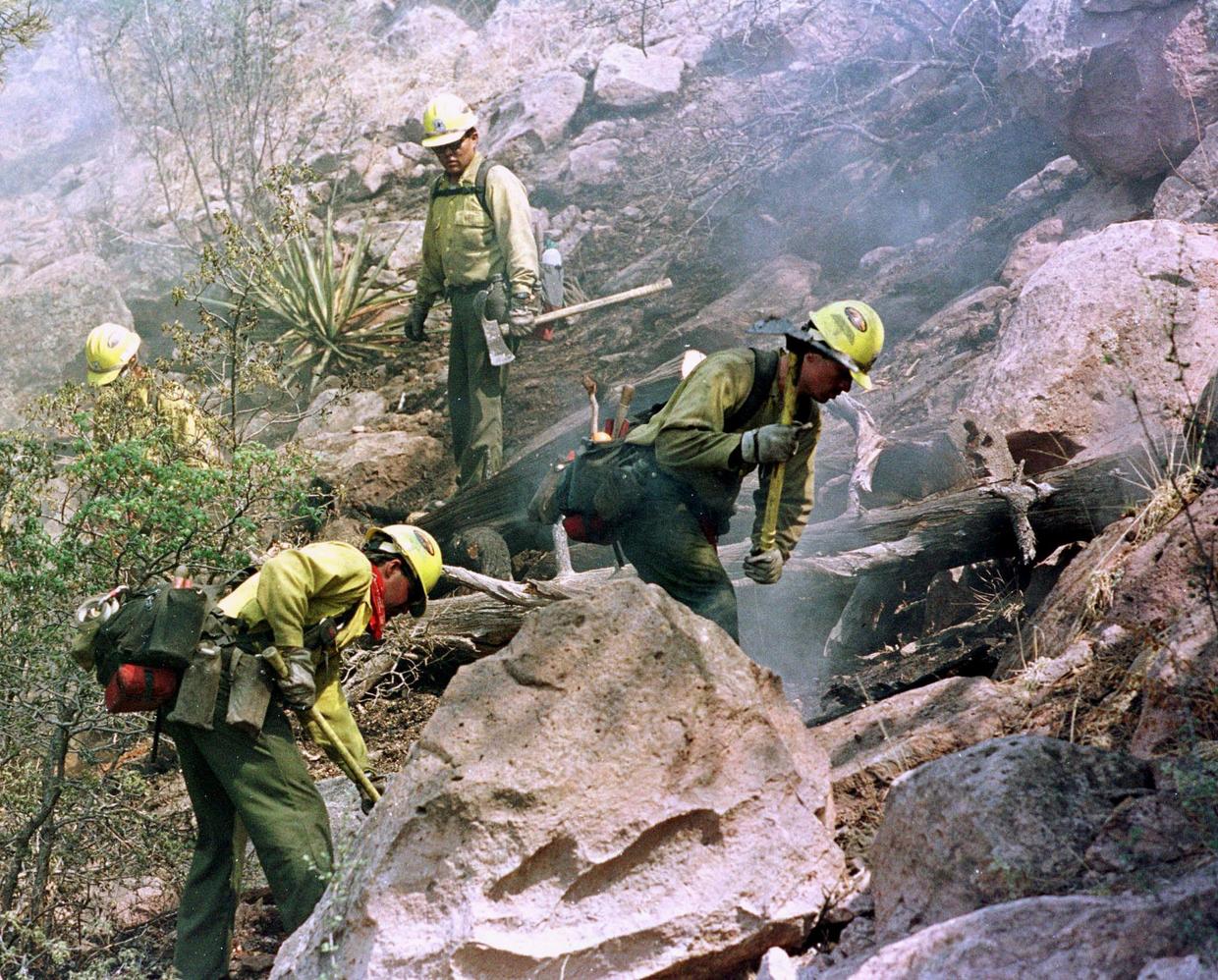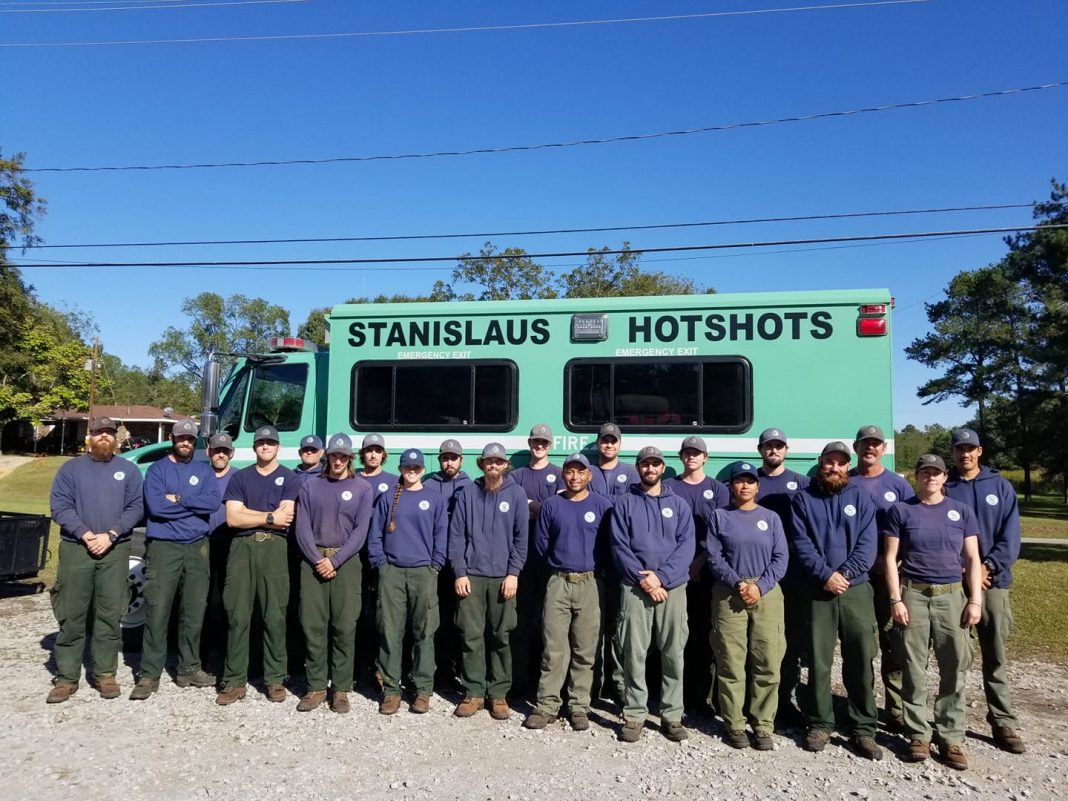

The presence of alcohol in the blood of the other 10 hotshots without a corresponding presence of alcohol in vitreous sample is an indication that the alcohol was created after death, according to published studies. Medical Examiner Mark Shelly did not provide an assessment on why alcohol was present in both samples. Maricopa County Medical Examiner Kathleen Enstice states that the presence of alcohol in the blood and vitreous samples for Zuppiger and Caldwell “was most likely due to decompositional changes.” Robert Caldwell had a blood alcohol content of. But this, once again, is far from conclusive.Īccording to the toxicology report, Garrett Zuppiger had a blood alcohol content of. The presence of alcohol in both blood and vitreous samples is considered to be a possible indication that the alcohol was ingested rather than resulting from decomposition. Three hotshots had alcohol in their blood and also in the fluid inside their eyes, known as vitreous humor. “This phenomenon has been studied and published in articles by the Federal Aviation Administration (FAA) following the autopsies of hundreds of plane crash victims known not to have consumed alcohol, USS Iowa turret gunnery disaster victims in 1989 and in many other severe burn cases.” 2013 report by Toxicology Consultants and Assessment Specialists, LLC states. “Although not well-known to most professionals, it is generally accepted and documented within the toxicological literature that severely burned postmortem bodies more often than not produce endogenous alcohol,” a Nov. The presence of alcohol could also be the result of decomposition of the bodies that were subjected to extreme heat and left on the ground over night after the burn over that occurred at approximately 4:45 p.m.

The fact that alcohol was present in the blood of the 13 men raises the possibility the men were drinking heavily the night before or even while on the fire line. Another hotshot had several drugs of abuse in his blood, but no alcohol. One of the most potentially significant, but easily misunderstood, findings in the toxicology reports is the presence of alcohol in the blood of 13 of the 19 Granite Mountain Hotshots ranging from. Yavapai County released the reports a couple of days later. 26 seeking the autopsy and toxicology records while specifically stating that photographs were not being sought. InvestigativeMEDIA filed a public records request with the Yavapai County Medical Examiner on Oct.

Polk’s refusal to release the autopsy reports and the Republic’s decision to drop its lawsuit resulted in the autopsy reports being kept from public review, until now. The SAIR did not include the autopsy or the toxicology reports, but according to the Republic’s pleading, the investigative report “included the same essential information” that was being sought in the lawsuit. 30, 2013 after the state released the Serious Accident Investigation Report (SAIR) two days earlier. The Republic, however, dropped its claim against the Yavapai County Medical Examiner seeking copies of the autopsy reports on Sept. 18, 2013 seeking the autopsy records as well as additional information including photographs of the location where the men died in a box canyon at the base of the Weaver Mountains west of Yarnell, AZ. The Arizona Republic sued the Yavapai County Medical Examiner and the Yavapai County Sheriff on Sept.

The two state investigations into the deaths of 19 members of the Granite Mountain Hotshots released to the public in 2013 did not include the complete autopsy and toxicology reports of the men who were killed on Jin the Yarnell Hill Fire.Īnd requests by the media to obtain the autopsy reports, which are typically public records, were rejected by Yavapai County Attorney Sheila Polk who stated in an Augletter to the media that “absent a court order, these items will not be released.”


 0 kommentar(er)
0 kommentar(er)
